Different Types of Quirks in My Hero Academia Explained
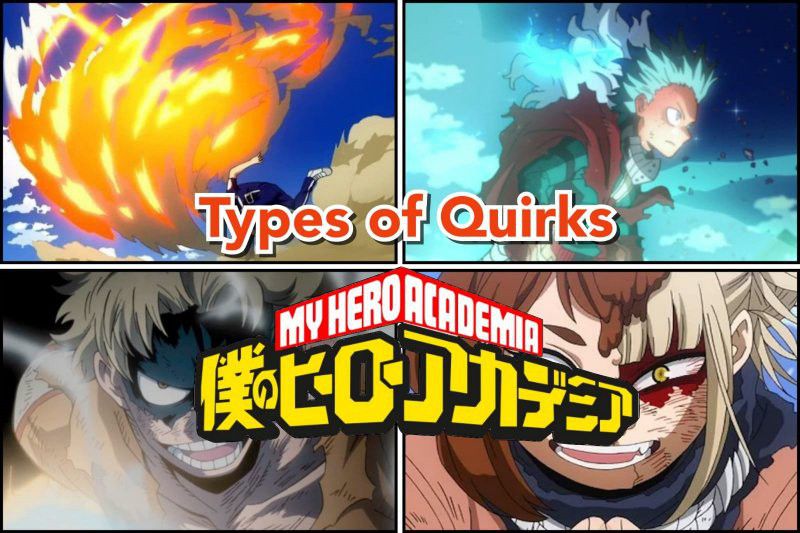
Different Types of Quirks in My Hero Academia Explained
In the world of My Hero Academia, people are born with special abilities. 80% of the population is now born with these incredible powers, leading to a superhuman society. The quirks first manifested themselves as mutations that began to spread through the population over generations. In the past, Quirks were called Meta Ability.
Weirdness usually manifests itself early in a person's life. Some people get their Quirks earlier than others, but the reason is unclear. Which Quirk a person manifests usually depends on their parents' Quirks, as these powers are hereditary in nature.
However, there are also people like Izuku Midoriya who failed to manifest a Quirk even though both his parents had powers of their own.
Quirks are intrinsic to a person and can be improved with practice and time. There is also a phenomenon called Alter Awakening, which allows alters to act to their full potential. So far, we've seen very few characters reach Alter Awakening.
The different quirks presented in the series can be grouped into four types: Emitter Quirks, Transformation Quirks, Mutation Quirks, Accumulated Quirks, and also Multi-Category Quirks. Each type of Quirk has its own advantages and disadvantages, but ultimately it is how its owner uses the Quirk that decides the quality of the Quirk.
Contents
The different types of quirks in My Hero Academia
1. Transmitter quirk/operational quirk
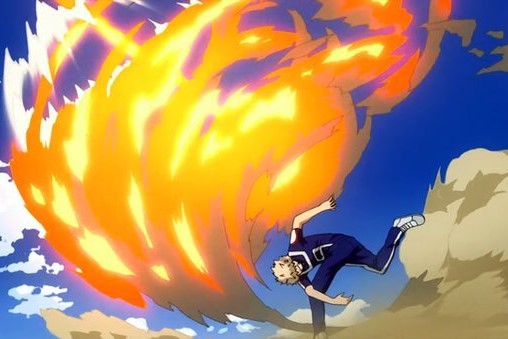 Bakugo is using Emitter-Type Alter
Bakugo is using Emitter-Type Alter
The Emitter Quirk Type, also called Operational-Type Quirk , is the type of ability that allows users to generate, manipulate, and modify different aspects of their environment. Sometimes these aspects are natural elements, and other times the powers are more complex. This type of Quirk comes in many forms and is very versatile in its use.
Transmitter quirks are also seen more frequently than the other three types. These powers can be flashy at times, but they also require a lot of time to master and perfect. Transmitter Quirks are generally activated whenever users wish, but some Quirks, like Shota Aizawa's Erasure, require an incredible amount of concentration to remain activated.
Some of the most popular quirks in the series fall under the Emitter category. Katsuki Bakugo's explosion, Shoto Todoroki's half-cold, half-hot, Ochako Uraraka's gravity, and Inasa Yaorashi's whirlwind all fall into emitter-type quirks. Quirk , Hitoshi Shinso's Brainwashing, while looking different, is also a transmitter type.
Not all transmitters aim to control basic aspects; some transmitter quirks affect the environment on a molecular level. , Momo Yaoyorozu's Creation and Recovery Girl's Heal act in more complicated ways and work on the molecular structure of the intended target.
2. Transformation weirdness/composite weirdness
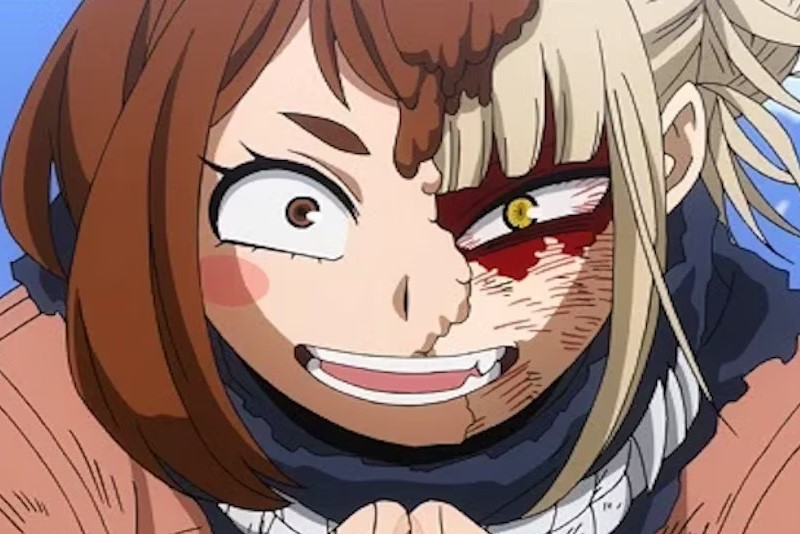 Himiko Toga is using Transformation-type Alter
Himiko Toga is using Transformation-type Alter
The Alter transformation type is as the name suggests. These quirks allow their users to temporarily transform and enhance different parts of their body. This can include transforming their bodies into different materials, temporarily generating new appendages, and modifying their bodies into new structures.
These types of Quirks, also called Composite Quirks, are very useful in battles. Another unique feature of these powers is that they are entirely attached to their users and best used in close-range combat rather than long-range combat.
They also only affect their users and cannot manipulate anything around them, unlike the Emitter type. The only exception to this that we've seen is Shiketsu High School student Seiji Shishikura, whose transformation type, Meatball, not only affects himself but also acts on others.
Other transformation-type oddities we've found in the series are Eijiro Kirishima's Hardening, Edgeshot's Foldabody, and more. Himiko Toga, the psychopathic villain, is also a user of a Transformation-type Quirk.
Her ability is aptly called Transformation, and it allows her to take the form of anyone whose blood she has consumed. After awakening the Quirks, her powers only grew stronger, and she can now also use the transformed person's Quirks after taking on their appearance.
3. Mutation weirdness/heteromorphic weirdness
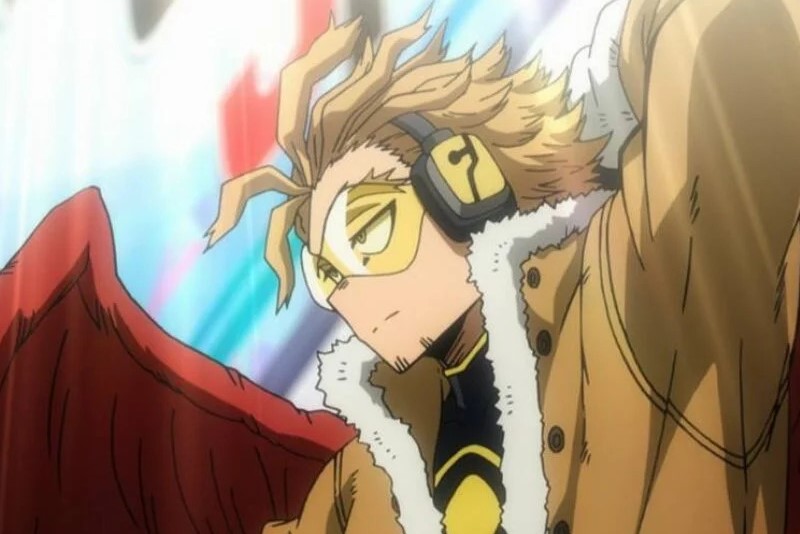 Hawks has Mutation-type Quirk
Hawks has Mutation-type Quirk
Mutations or Heteromorphic Quirks are the type where the users appearance is permanently altered due to the special power.
In some cases, they give users additional appendages on their bodies while in other cases, the Quirks completely change the users' appearance. In the story, we meet many characters with this type of Quirk and we see them use these powers in different ways.
Mutation-type Quirks offer their users a more complex variety of abilities, sometimes granting an entirely new extraordinary power and sometimes enhancing a pre-existing power.
But these types of quirks also spark societal prejudice and low self-esteem due to users' altered appearance.
Mezou Shoji, who possesses the mutation-type Quirk, Dupli Body, has been feared for his appearance in the past. The League of Villains' Spinner, another Mutation Quirk user, was also harshly ostracized for his appearance.
The number 2 pro hero, Hawks, also has a mutation-type Quirk called Fierce Wings which gives him two pairs of red wings whose feathers he can use as he pleases. Class 1-A Fumikage Tokoyami also has a Mutation Quirk that changes his face to that of a bird, but surprisingly, his appearance has no relation to his special power, Dark Shadow.
4. Accumulation type weirdness
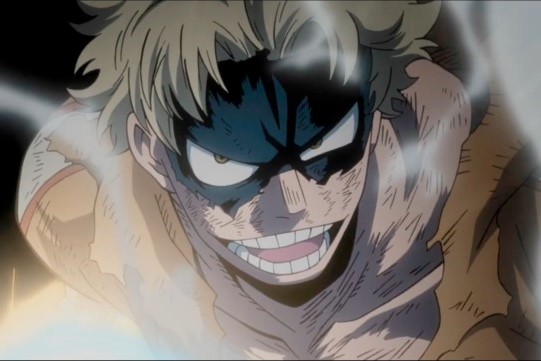
Hoarding-type Quirks are the most complicated of the group. This is because this type of Quirk works in multiple stages rather than a single ability.
An example of this would be Pro Hero Fat Gum's Quirk, Fat Absorption, which requires the hero to store a huge amount of fat before using the accumulated material to unleash attacks in combat. This kind of oddity seems quite rare since we haven't seen much of it in the series.
Besides these four types, there is another type of quirks in My Hero Academia that should be listed:
5. Multi-category weirdness
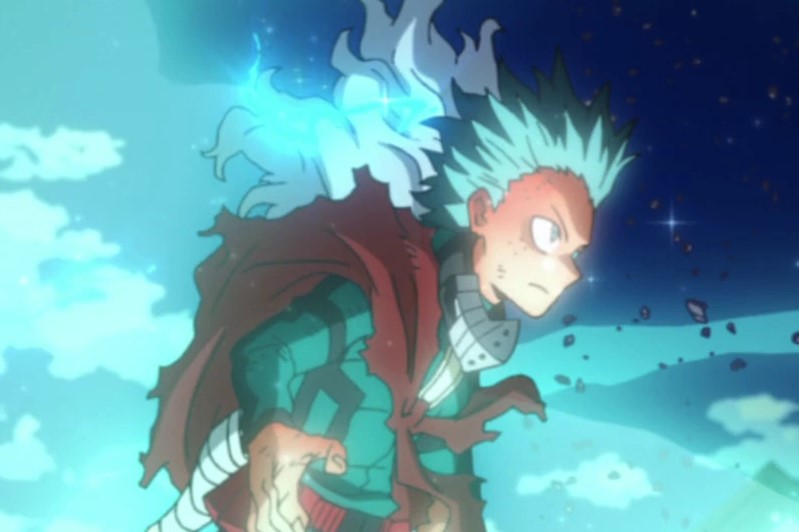 OFA has the combine ability all previous users' Alter
OFA has the combine ability all previous users' Alter
While most of the quirks fall into these four previously mentioned categories, there are also some quirks that we've seen in the series that defy categorization into any of them.
For some of them, this is because they fall into more than one type, while a few are too complex and too rare to be classified into any one of them.
Mina Ashido and Jurota Shishida possess Quirks that act as Emitter and Transformation respectively, but their appearances are permanently altered like the Mutation Type.
, the black irises and horns have nothing to do with his Quirk, although it did give his skin better resistance to acids.
Shishida's Beast Quirk primarily acts as a type of Transformation as he grows taller and his hair becomes bigger and hairier. But his appearance is definitely changed.
Then there is currently Possessed By, which is a crop of several alters owned by former One for All users.
Due to his nature and the various powers and Quirks that come with him, he obviously cannot be placed under any of the previous types. Eri's Quirk , Rewind is also an exceptional power that defies logic and cannot be grouped with any Quirk.
The Quirk types we've discussed aren't really absolute and they're just based on the many Quirks we've seen so far in the series. But it's very likely that we'll see more new alters that will be a new category of their own.
The secret of Quirks still remains a mystery and there is much to discover about superhuman abilities. Given the way the story is going, it might be sooner than expected.
That's all for the moment. You can officially read the My Hero Academia manga and watch its anime on
Do small things with lots of love.
Follow us for more updates.
Read also:




